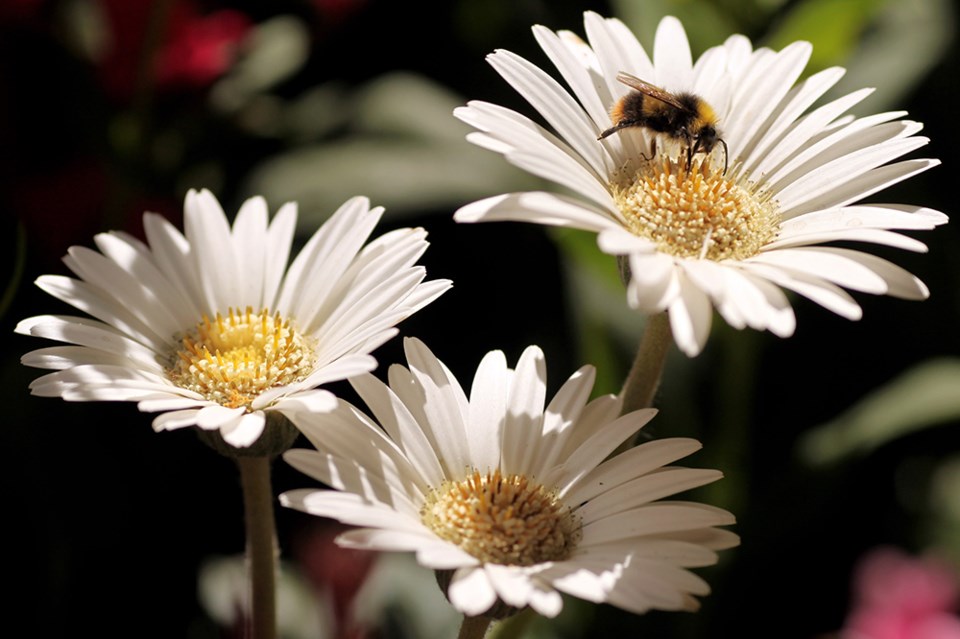When we get out into the spring garden, we find all kinds of multi-legged aliens got there first – that’s where wasps, bees, crawling insects, spiders, larvae and miscellaneous flies are living busy lives that aren’t always understood.
For instance, lots of us have a routine spring tour outside the house walls, knocking down tiny wasps nests that are just getting started. But even the detested yellow jackets that invade picnic spreads are garden friends that feed on caterpillars, flies and many other pests.
Others are parasitic wasps that lay eggs in other insects. When these hatch, the wasp larvae eat and soon kill their insect hosts.
Wasp nests high up on trees or far away from contact with people should be left whenever possible. But nests above windows or doors definitely need to be removed. Wasp nests in holes in the ground are especially dangerous, because when disturbed the wasps can emerge in thick, angry swarms.
Other garden friends include lacewings, which emerge from voracious pest-eating larvae, and ladybug larvae, which have a much fiercer appetite for pests than their parents and spiders, which eat anything they can catch.
Mason bees are wonderful fruit pollinators. But they’re sometimes misunderstood because they look like fat, black blowflies (or, from a distance, black hornets). But mason bees don’t sting. These native bees buzz around houses and old sheds looking for cracks to deposit their eggs. Any old wood: siding, shingles or rough bark of trees will do.
Another good, wild pollinator is the leaf-cutter bee. It’s considered a nuisance because it cuts semi-circular holes out of rose leaves. But as a pollinator it’s superb because it keeps working through mid-summer and fall after mason bees have died off for the year.
Bumblebees are likely the best pollinators of any. Unlike mason bees, they work from spring to frost. Unlike honeybees, they almost never sting and unlike leaf-cutting bees they don’t munch holes in leaves of ornamental plants. Their favourite sites for their small nests include holes in the ground, under discarded wood and in heaps of leaves.
For most beneficial insects, it’s very important to provide some shallow water: the edge of a pond or a birdbath or saucer with a small rock in the middle for a landing site.
Renewing the water every day or so is important because in summer water is a breeding ground for mosquitoes. Fish can keep ponds clear of mosquito larvae, but other standing water must be kept fresh. Mosquitoes can quickly make a garden unusable or force one to use various kinds of protection.
Most crawling garden pests also have a winged stage that ultimately lays the eggs that later hatch into maddeningly destructive progeny. This applies to aphids, ants, carrot flies and many of the destructive apple pests, including the codling moth – the eggs overwinter after being laid after the growing season.
Cleaning up where the eggs are likely to be (leaf litter, soil, debris) is an organic way of reducing the problem. On trees, pruning branches with bands of eggs or spraying with dormant oil can help.
Anne Marrison is happy to answer garden questions. Send them to her via [email protected]. It helps if you add the name of your city or region.



